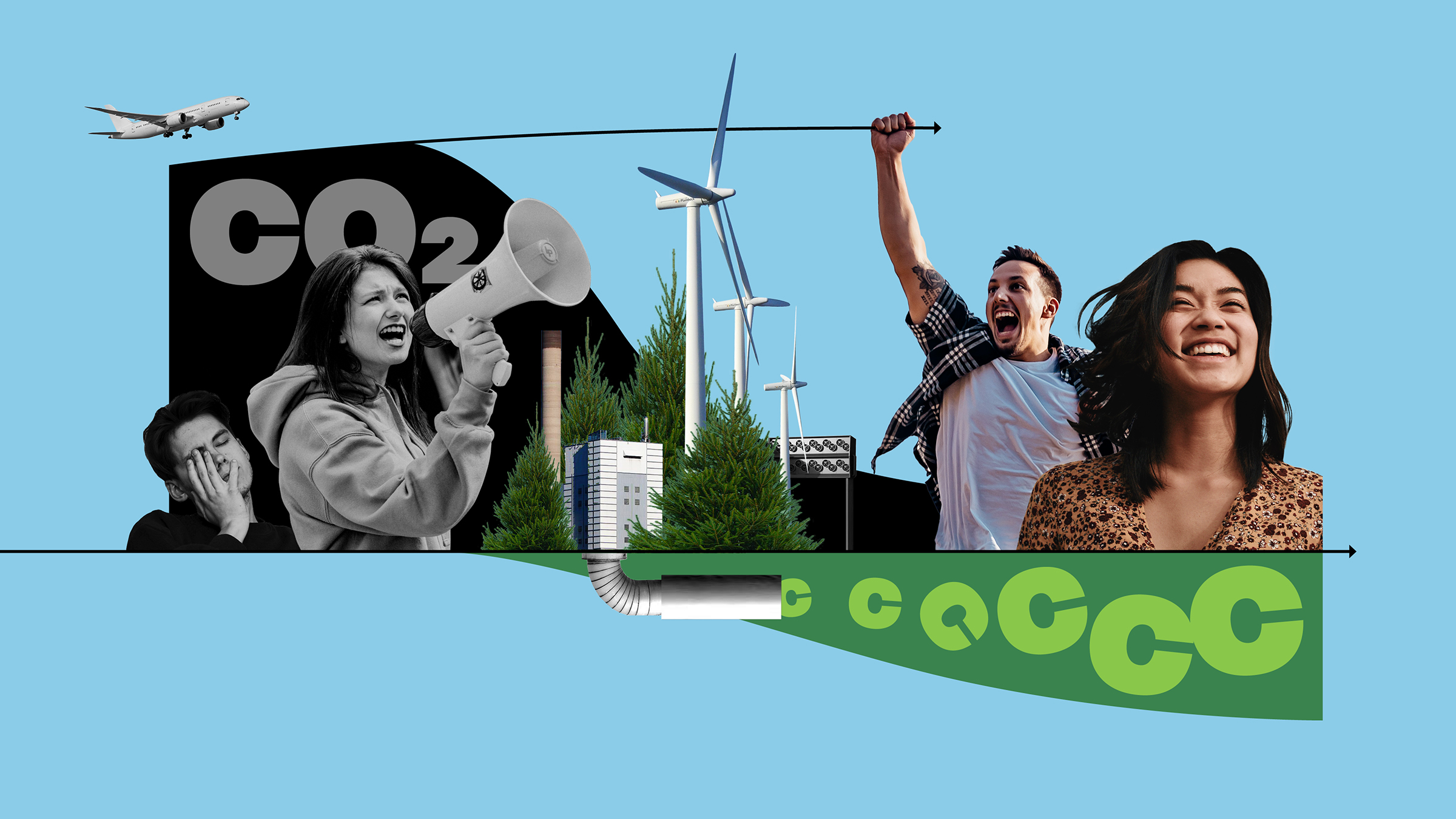Achieving climate targets above all requires that we reduce emissions quickly. But this alone is no longer enough: greenhouse gases must also be sequestered from the atmosphere to create negative emissions.
So far, the Finnish debate has only focused on the carbon-binding capacity of the land use sector – forests and land. Sitra’s new working paper (summary in English) explains how negative emissions can also be produced by technological means. They include using technology to capture carbon dioxide from the atmosphere or biomass and store it permanently in geological formations or long-lasting products.
Pulp production generates a lot of wood-based carbon dioxide that in the future could be recovered from mill chimneys and stored in old oil fields in Norway. This would result in negative emissions, as the carbon sequestered by growing trees does not end up in the atmosphere and is permanently removed from the natural cycle instead.
Rapid emission reduction is always the main goal.
We need negative emissions in climate work for three main reasons. They can be used to offset emissions from sectors such as agriculture and industry that are particularly difficult to reduce; and thereby reverse some of the climate damage caused; and manage risks related to climate action, such as the potential failure of other climate measures.
Rapid emission reduction is always the main goal. If we delay on climate action, the need for negative emissions will increase – and with it the costs and risks of these solutions. But if we succeed in reducing emissions quickly and significantly, we will manage with fewer negative emissions.
Bioenergy with carbon capture and storage (BECCS) is a particularly promising solution for Finland. Direct air carbon capture and storage (DACCS) has also recently attracted a lot of attention. Other possible solutions include biochar and enhanced weathering, which involves depositing crushed rock particles into the terrestrial and ocean environment.
“All solutions for negative emissions have their strengths, weaknesses and risks,” explains Sitra Leading Specialist Mariko Landström, co-author of the working paper. “For example, the costs, environmental impacts and the certainty of keeping carbon out of the atmosphere vary significantly. For negative emission solutions based on the use of biomass, it is particularly important to ensure that they do not lead to increased logging and harm to nature.”
Finland needs to accelerate the promotion of negative emissions
To ensure that the solutions are widely deployed in good time, we need to make an effort to develop them now.
The working paper proposes five measures for Finland to consider:
- Promote the EU policies and measures needed for negative emissions.
- Set a quantitative target for negative emissions in Finland.
- Define a national strategy for negative emissions.
- Allocate sufficient funds to develop and deploy solutions for negative emissions.
- Introduce financial incentives to stimulate investment in negative emissions.
“Finland is well placed to develop solutions for negative emissions because we have a lot of technological know-how, biogenic emissions and low-emission electricity, says Sitra Senior Advisor Oras Tynkkynen, who also co-authored the working paper. “With the future need for large quantities of negative emissions worldwide, there may be an opportunity for Finnish companies to export their solutions to other countries – and create jobs and livelihoods in Finland. But we are already behind the other Nordic countries, so we need to pick up the pace right now.”
Read more of the working paper:
Negative emissions – what are their technologies and why do we need them to solve the climate crisis? (summary in English)



















Recommended
Have some more.